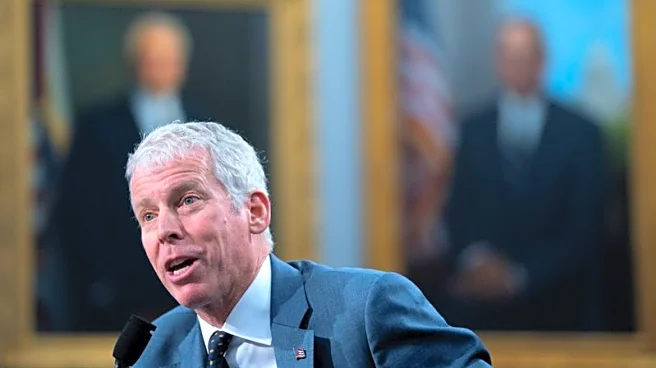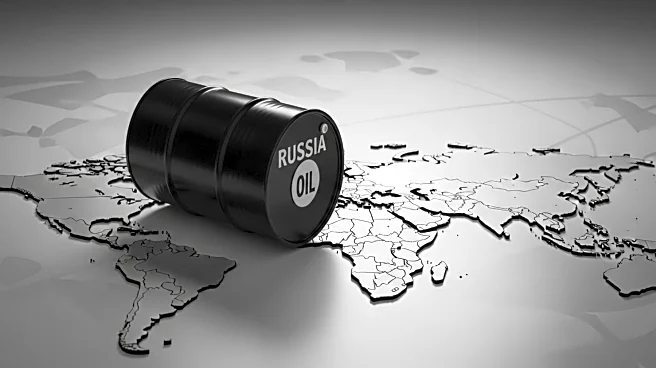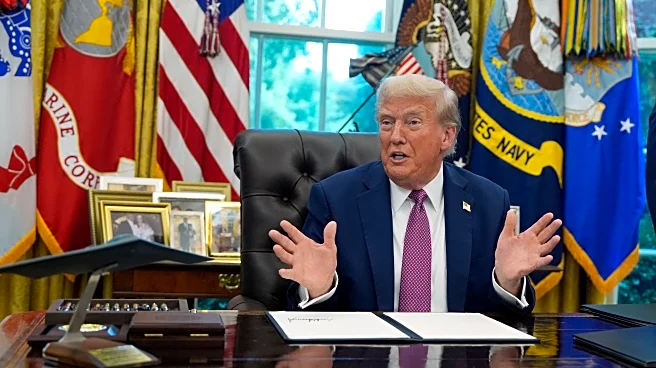What's Happening?
The White House is exploring alternative methods to maintain President Trump's tariffs if the Supreme Court strikes them down. After losing in lower courts, Trump plans to take his case to the Supreme Court, arguing for the authority to impose tariffs unilaterally. The administration has been preparing backup plans, anticipating court intervention. Trump has used tariffs to negotiate better trade terms, but the court battle could delay these efforts. The Supreme Court is reviewing an appeals court ruling that the International Emergency Economic Powers Act does not grant tariff-setting powers. Trump allies are confident the Supreme Court will favor the executive's authority.
Why It's Important?
The outcome of this legal battle could significantly impact U.S. trade policy and international negotiations. If the Supreme Court upholds the lower court's decision, it may limit the president's ability to use tariffs as a tool for trade negotiations. This could affect ongoing and future trade deals, particularly with countries like Russia, India, and Pakistan. The administration's ability to leverage tariffs for national security purposes is also at stake, potentially altering the U.S.'s approach to international trade and diplomacy.
What's Next?
Regardless of the court's decision, the Trump administration plans to argue for the national security prerogative to continue levying tariffs. Alternative avenues, such as Section 232 of the Trade Expansion Act and Section 301 of the Trade Act, may be pursued to maintain tariff authority. These options come with legal and logistical challenges, but they provide potential pathways for Trump to continue using tariffs in trade negotiations.
Beyond the Headlines
The legal uncertainties surrounding Trump's tariff policies are delaying the administration's ability to finalize trade agreements. The interconnected nature of these policies makes it challenging for negotiators to secure deals. Foreign officials are not adjusting their strategies based on the court ruling, indicating the complexity and unpredictability of U.S. trade policy under Trump's administration.













